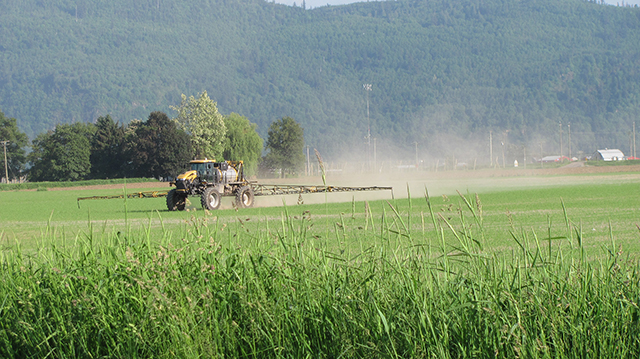A supplier’s plant malfunction is jeopardizing Bayer CropScience’s ability to deliver glyphosate-containing products.
One of Bayer’s key raw material suppliers experienced a mechanical failure that’s led to a “substantial reduction in production rates,” the company announced February 11.
“Bayer’s ability to supply its customers with glyphosate or glyphosate-containing products as agreed upon in certain agreements or under accepted purchase orders has been impacted,” says Bayer global head of active ingredient manufacturing Udo Schneider.
Bayer’s best-known glyphosate product is Roundup, acquired with its purchase of Monsanto in 2018.
The impacted manufacturing plant is working to restore production and Bayer has sourced other materials and made other efforts to manage the situation.
The issue is expected to take about three months to be resolved.
This unexpected event compounds an already tight supply of global crop inputs due to challenging global trade flows, COVID-19, extreme weather, and other forces, the company says.
Bayer produces glyphosate at for products in North America at its plant in Luling, Louisiana. That plant was shut down last fall following Hurricane Ida.
But chemical suppliers in BC say the immediate effects of the latest blow have yet to be felt. They’re waiting to hear more from Bayer.
“It’s too early to tell yet,” says Lou Rioux, regional store manager at Growers Supply Co Ltd. in Kelowna.
Last year proved challenging enough to source chemicals, he adds. This latest disruption certainly isn’t making things better.
“We don’t know how it will impact us. We have gotten product in so far, but we don’t know how much more of what we ordered we will be getting,” says Terry Marriott of Agro Source Ltd. in Dawson Creek. “I’m assuming we’ll know more in the next couple of days but as of right now, yes it’s probably impacting supply but I don’t know how badly.”
The threat of a prolonged shortage threatens to ensure glyphosate prices remain above historical norms for the 2022 growing season. Some retailers in the US have tripled prices, adding to higher prices for fertilizer, feed and seeds being seen across the continent.


 Hazelnut funding renewed
Hazelnut funding renewed